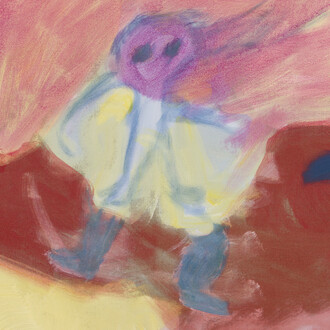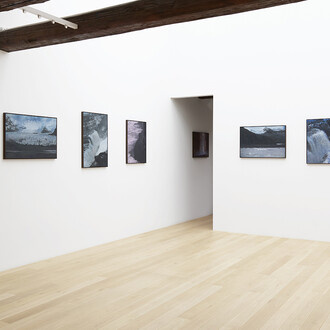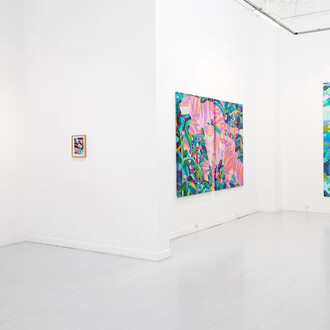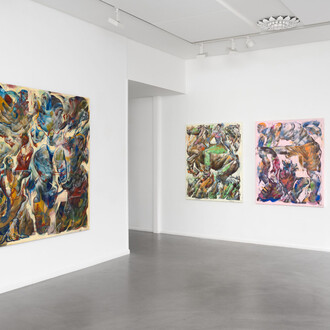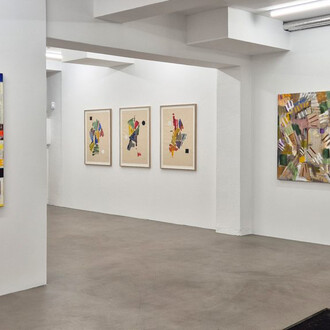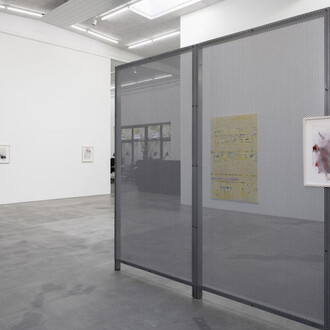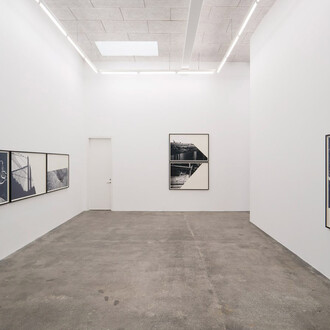How can we make space for both people and nature? Danish Architecture Center presents a major exhibition exploring the relationship between architecture, nature, people, and biodiversity – and asks: How can architecture help us create a future where both nature and humans can thrive?
Age of nature explores the relationship between humans and nature. Experience trees on artificial respiration, mushrooms grown in towers and facades that provide homes for birds and insects. The exhibition offers wild visions of the future and sensual suggestions on how new knowledge and technology can unite architecture and nature for the benefit of all life on earth.
We seek out nature as never before. We spend nights in shelters, take winter swims, and hike to find peace and presence. But are we truly willing to make space for nature when it matters most? Denmark is one of the most cultivated countries in the world, and only 0.7% of its land is true wilderness. In just 200 years, the global population has grown from one to eight billion. In the same period, wild animal populations have been cut in half, and more than 70 percent of biodiversity has been lost. Meanwhile, the demand for land for green energy, urban development, and climate infrastructure continues to rise.
Can buildings and urban spaces become homes for people, animals, and plants alike? Can architecture learn from nature’s ingenious designs—where every element exists in perfect balance with everything else? And can we begin to see ourselves as part of nature, not separate from it? For millennia, architecture has been understood as a shield against nature—roofs, walls, and cities built to protect us from cold, floods, and predators. Nature was seen as wild and unpredictable, while architecture embodied civilization’s order and stability. But today a new awareness is emerging: architecture and nature do not have to be opposites. They can become part of the same cycle—where buildings are flexible, temporary, and porous, and where other species besides humans also find room.
This change is not only about the form of architecture, but also about our perspective on nature. To secure biodiversity and balance, we need to rethink the language we use when we speak about nature—perhaps even embrace an entirely new worldview. One in which we recognize that we are nature, and where nature is a collaborator and a value in itself, not merely a resource for humans.
Age of nature invites visitors on a journey into how architecture can play a central role in this transformation and help protect nature and promote biodiversity.










